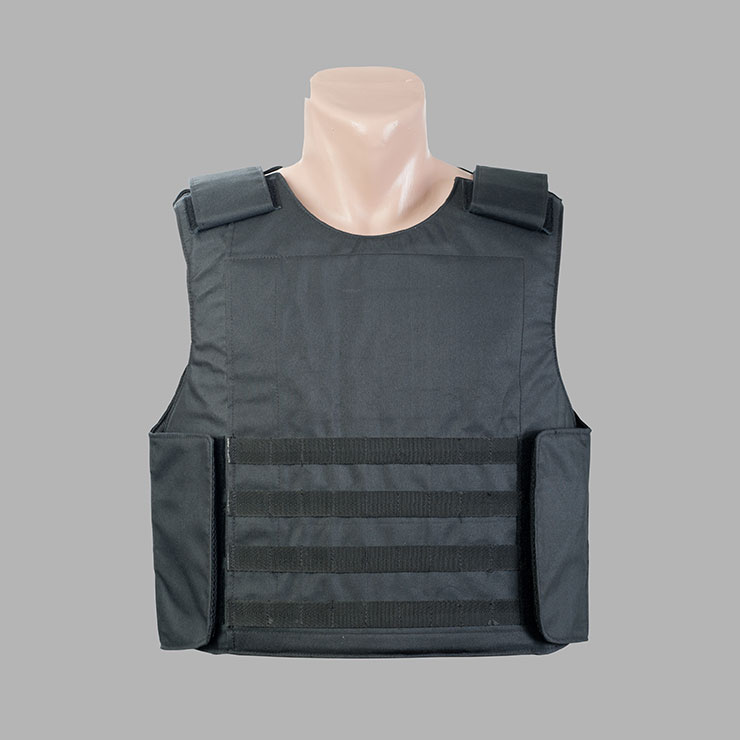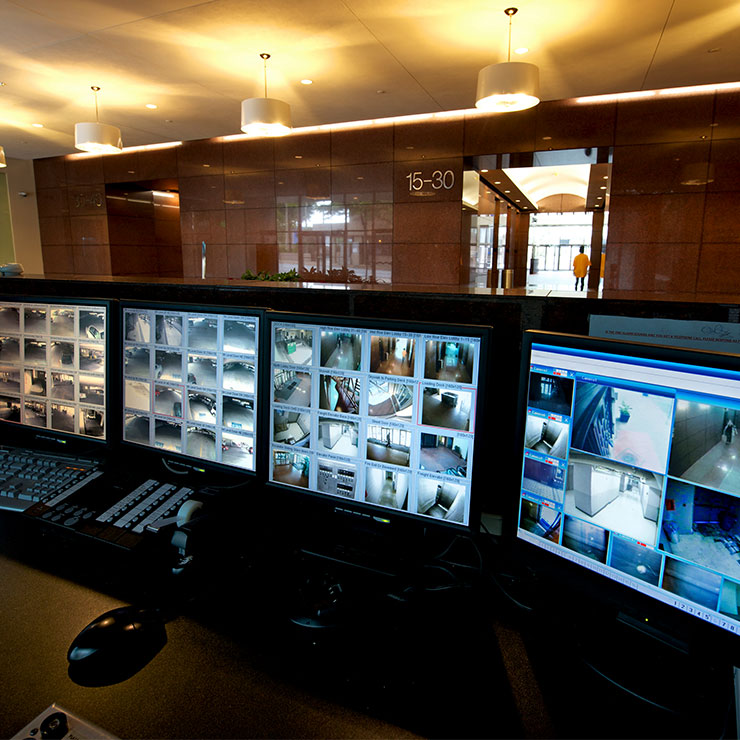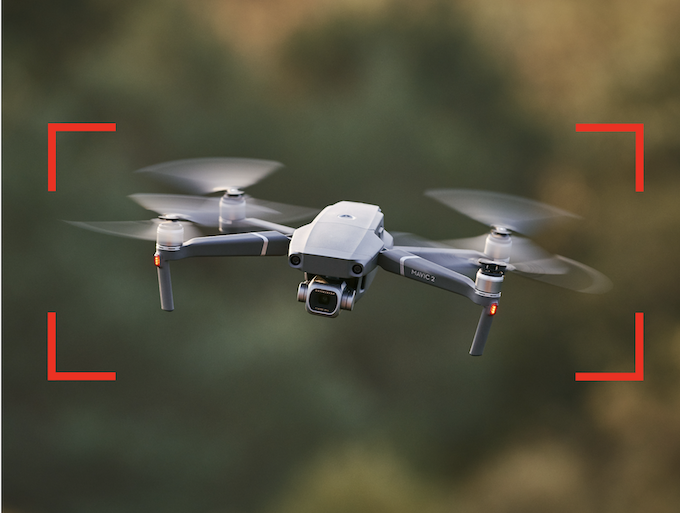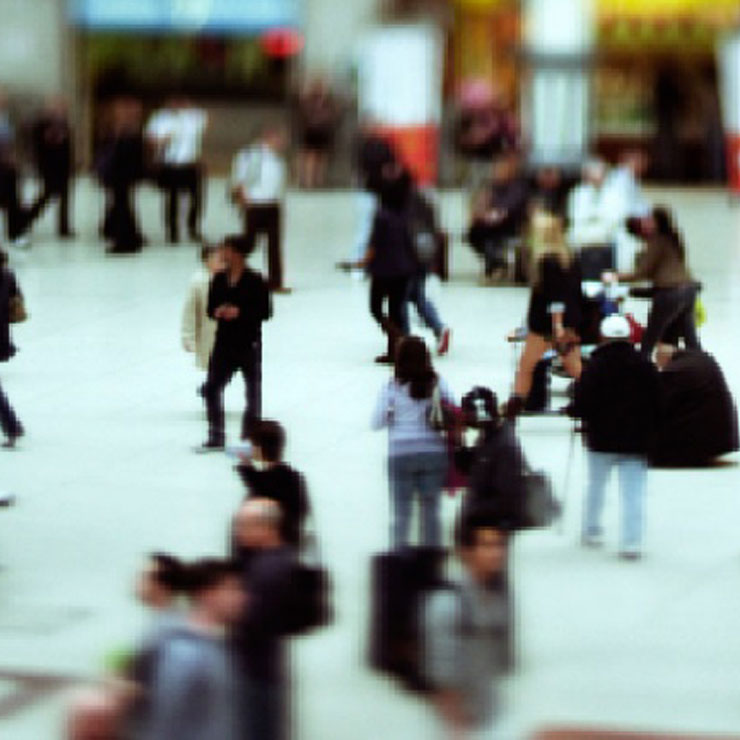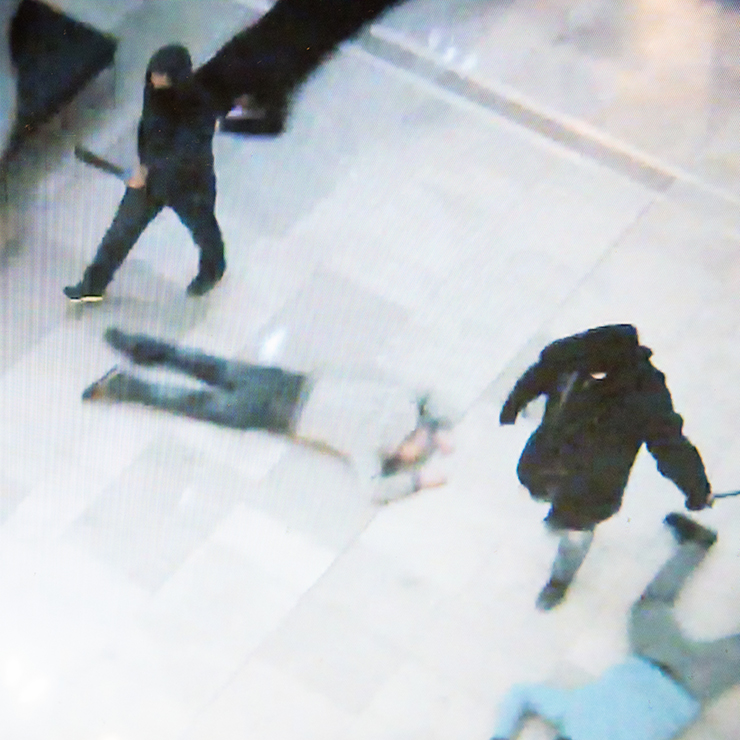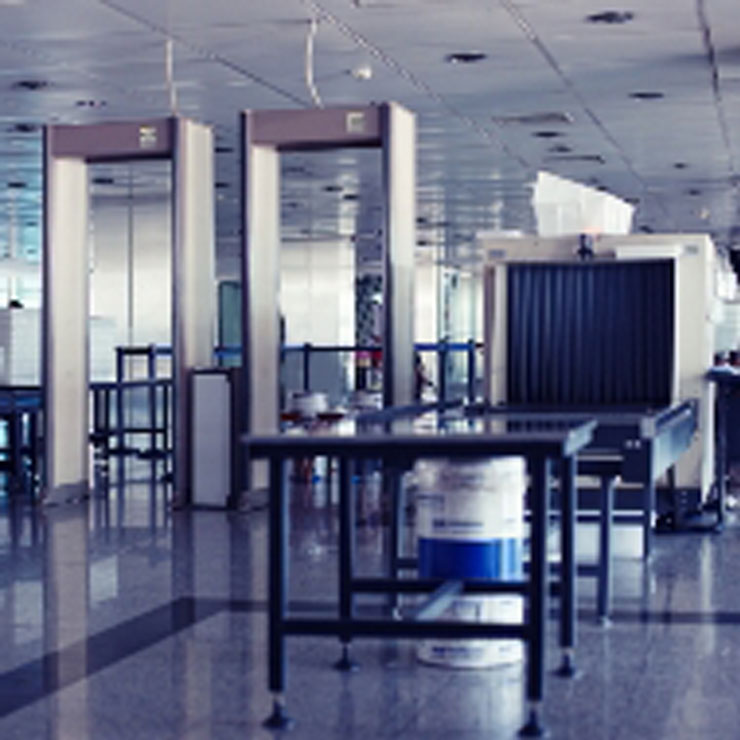When preparing for large temporary and semi-temporary mass gatherings and events, both private and open to the general public, protective security measures should be considered as part of the overall operation to ensure that the event is safe and secure for all. Even if the event is being held at a permanent facility with established security systems in place, supplementary measures might be necessary to mitigate a different risk profile associated with the event.
Agreement and awareness of protective security governance, roles and responsibilities is key to the deployment of effective protective security at all events, particularly large events. This must include the roles and responsibilities of all stakeholders, both internal (eg venue operator, guard force) and external (eg police, HMG, OGDs), involved in the provision of protective security for the event and must reflect the different stages of the event, eg:
- Build phase
- Pre-operational phase (eg final preparation/rehearsal/readiness)
- Operational phase
- Post event/decommissioning phase
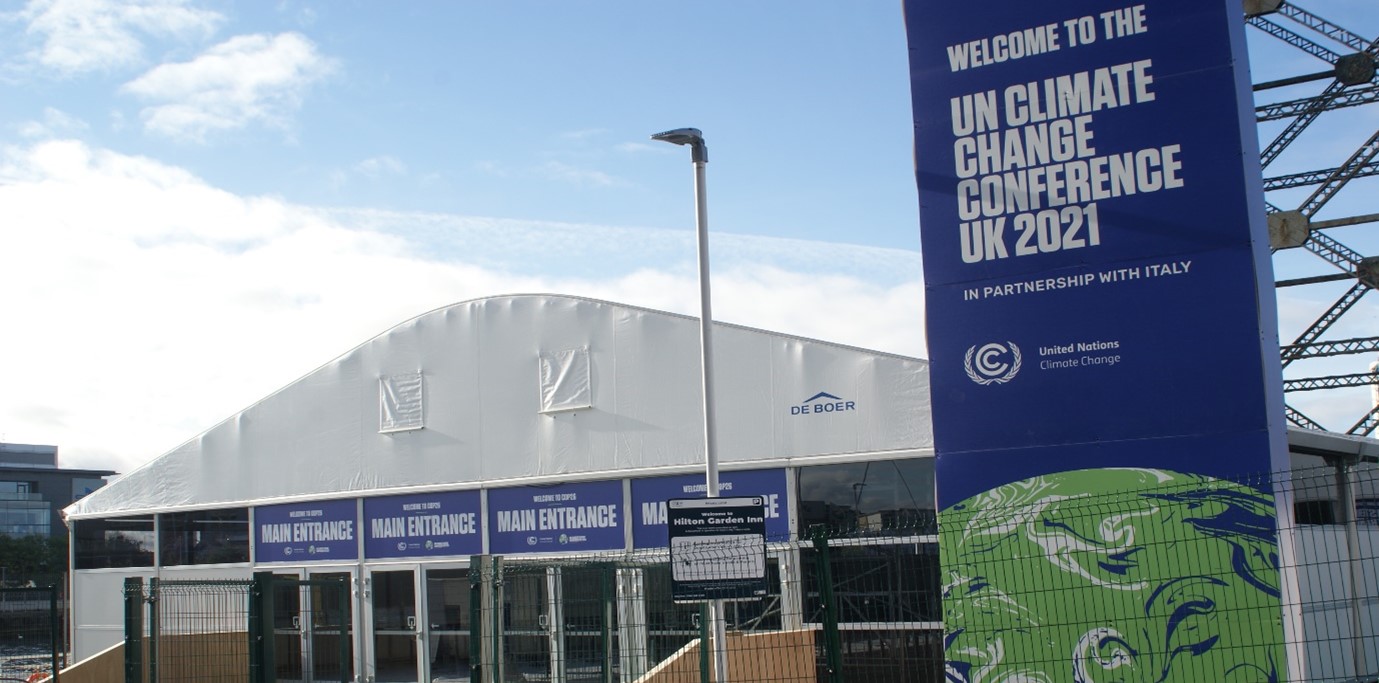
A threat, vulnerability and risk assessment (TVRA) specific to the event (and its location) should be used as the basis for determining the protective security requirements and identifying appropriate protective security measures. Note that the temporary nature of an event may mean that a different mix of security measures may be appropriate compared to a more permanent site, for example it might be more cost-effective to increase the size of the guard force rather than install more permanent technological solutions. Security measures should be specific to the risks associated with each phase of the event.
While event organisers will often pay particular attention to priorities such as ensuring crowd safety and a positive visitor experience, it is helpful to regard effective and efficient security measures as a key enabler.
Protective security measures, incorporating physical, personnel and cyber security, should seek to achieve the following:
- Deter adversaries from targeting the event
- Prevent prohibited items (especially those that could cause physical harm) from entering the venue(s) through effective search and screening
- Detect and delay any attempted attack and assist with its apprehension
- Not hinder the intended functioning of the venue
- Give visitors a sense of security while not appearing intimidating or oppressive
The development and implementation of a security communications strategy should start well before the event is scheduled to commence. This can be used to provide practical security information to visitors (eg what to expect upon arrival, what items are prohibited) as well as to deliver deterrence security messaging (e.g. "our security staff will be available throughout the venue and able to answer any questions you might have").
Related Guidance
